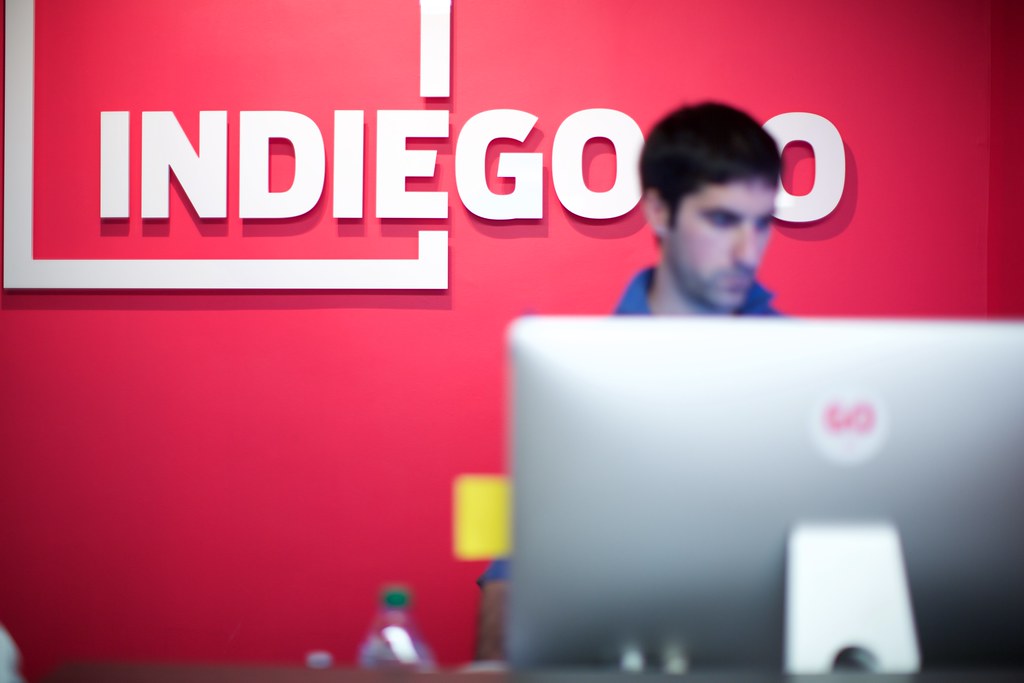Like many things in the law, it depends.
Many successful businesses start after raising capital for an initial promising product via crowdfunding. As you may already know, sites like Kickstarter and Indiegogo offer prospective entrepreneurs the ability to market an idea for a product, service, or business to potential “microinvestors”, who might be promised rewards at various levels of contribution levels. So someone who invests in a new board game might receive a first edition version of that game if the project is successfully funded. In comparison to more traditional forms of entrepreneurialism, instead of equity in the business in exchange for their investment, funders or backers tend to receive products or services related to the upstart business.
Since some of those backers are promised they’ll receive a product in exchange for their investment, clients often ask if their crowdfunding campaign alone can be used in their trademark application. Whether we’re filing a use-based application under 1(a) or a specimen showing use in an allowed 1(b) application, we want to make sure our specimen will be accepted before we file a specimen showing use. If a specimen is determined to be inadequate, an applicant might have no choice but to re-file their application. That’s why it’s important to make sure a specimen will work before we submit it to the USPTO.
Any time we’re concerned about a specimen showing use, the first question should always be: Does the mark appear in connection with the goods or services we’re registering? Sometimes, crowdfunding campaigns owe much of their success to the branding surrounding the product. In those cases, we at least have our mark shown in connection with the goods. Other times, a product might be successful independent of the branding, and that branding might even change once the product is ready for the market. In those cases, the mark might not be used in connection with the product yet and we may have to wait to file under 1(a) or submit a specimen under 1(b).
If it’s true that the mark we want registered appeared in connection with the goods we’re seeking to protect that mark for, we’ve cleared the first bar needed for a successful specimen. However, we still need to show that the mark was used in interstate commerce. While it may be true that investment or backer offers were made over the internet, and that money may have travelled via interstate commerce to successfully back a crowdfunding campaign, the goods themselves might not have made similar trips through commerce. Until that is the case, the crowdfunding campaign might closely resemble that of a pre-sale.
For pre-sale activity, the Trademark Manual of Examination Procedure states that USPTO, “must refuse registration if the specimen indicates the goods have not been sold or transported in commerce.” It goes on to provide that examples of pre-sale orders for goods not yet available to consumers do not qualify as use in commerce. A specimen submitted at this point could be rejected. If an applicant cannot show orders placed and fulfilled prior to submission of the defective specimen, the applicant will likely need to re-file.
To avoid this hassle, it is important to wait for products to be available for purchase online or in a retail setting before submitting a specimen showing use. Alternatively, an applicant may wish to try submitting a specimen once the first backer orders are fulfilled. However, the USPTO may later require supplemental evidence showing fulfillment of the orders. These might take the form of invoices, tracking information, product reviews, etc. It’s important applicants hold onto this type of documentation should it be requested upon examination of their specimen. No matter what, a trademark specimen should never be submitted prior to the marked goods themselves traveling in interstate commerce, no matter how successful the crowdfunding campaign may have been.


